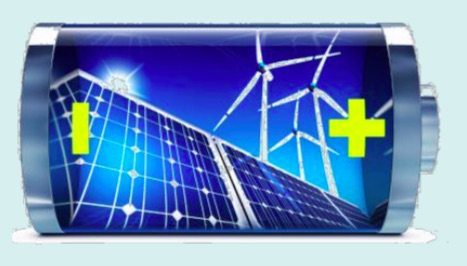Australian principal energy rule maker, the Australian Energy Markets Commission, wants to introduce new rules that will require all new generation – be they renewable or fossil fuel – to be smarter and quicker, and able to provide fast frequency response and possibly other grid services.
In its final report on the System Security Market Frameworks Review, the AEMC recognises that the problems about energy security lie not just with wind and solar, which is introducing new technologies on to the grid, but also the settings on ageing fossil fuel plants that are sometimes too slow to respond to system incidents.
These problems were highlighted in the recent blackouts, load shedding and other events. Although the presence of wind and solar was blamed in many quarters, the performance of ageing fossil fuels also came under scrutiny, particularly in the “system black” and other events.
In particular, the issue focuses on governor response mechanisms, which were relaxed at the creation of the national Electricity Market.
The AEMC now recognises this is highly unusual and is contemplating re-introducing mandatory settings to ensure that existing coal and gas plants can provide the system security expected of them, as well as requiring all new generation to have fast controls, which could come through storage or other software.
As for the impact on new wind and solar farms, these are expected to be minor. A report conducted by GE for AEMO earlier this year put the cost of these additions – mostly fancy power electronics – at less than one per cent of the overall cost of the project.
The AEMC looked at a generator obligation ruling for the inertia market, while the Finkel Review focused most on making certain amounts of “dispatchable power” available. The Coalition has suggested that each megawatt of capacity be matched with a megawatt hour of storage or other firming capacity.
This has outraged many in the renewables industry and system analysts, saying it is a potential case of over-kill, as not nearly that much back-up would be needed, and many parts of the grid are a long way short of what the CSIRO sees as moving beyond “trivial” amount of wind and solar.
But the AEMC’s conclusion suggests that having a generator obligation may not be as attractive as it seems, at least in the case of inertia.
Although a conceptually simple – and intuitively appealing – solution, obliging all generators to provide inertia is unlikely to be efficient. Certainty over the level to be provided would be required at the time of investment, but required levels of inertia can be highly variable and so there would likely be periods when unnecessarily high levels of inertia were provided. Equally, limiting the obligation to only centrally-dispatched generators may be ineffective in the long term as the penetration of distributed energy resources (DER) increases, as inertia could often be required at times when little large-scale generation is dispatched.
This is pretty much the argument put forward by the renewables industry in the case of “dispatchable” energy.
The industry is hoping that any such requirement can avoid a blanket rule and can be addressed by the Australian Energy Market Operator (AEMO) on a needs basis, recognising that much battery storage is likely to be installed by some wind and solar farms, and by other providers, as new markets emerge.
The AEMC, at least in the case of inertia, is thinking that the best idea may be to require the network operators to ensure a minimum amount, including contracting with large scale battery storage facilities – and to create a market to provide services beyond this amount.
It is also looking to review the structure of FCAS markets – frequency and ancillary services – which will be reviewed in conjunction with the inertia market and the need for fast active control capabilities.
The proposals give a lot of the responsibility of the management and guidance in the hands of the Australian Energy Market Operator.
We acknowledge the progress made on these important matters to date and look forward to continuing the collaborative work to ensure the services required for the secure operation of the power system remain available in the future,”AEMO chief Audrey Zibelman said.
AEMC chief John Pierce says in a statement.
“The NEM today is a far more complex interconnected system of renewable and non- renewable energy generation.
“Technical parameters of the system need to be maintained as it transforms: inertia is necessary to absorb shocks that affect the frequency of the system; and the system has to be strong enough to keep voltage stable so generators can stay connected to the grid.
“The AEMC started this review as it became evident that different arrangements were needed by AEMO and transmission companies to secure the system stabilise the network as the changing generation mix accelerated.”
There is growing debate, however, on just how much inertia, or synchronous generation can be absorbed into the system. In the same way that the once conventional view that only small amounts of wind and solar could be absorbed into the grid is now being overturned, so too are assumptions on other long-held grid management issues.








